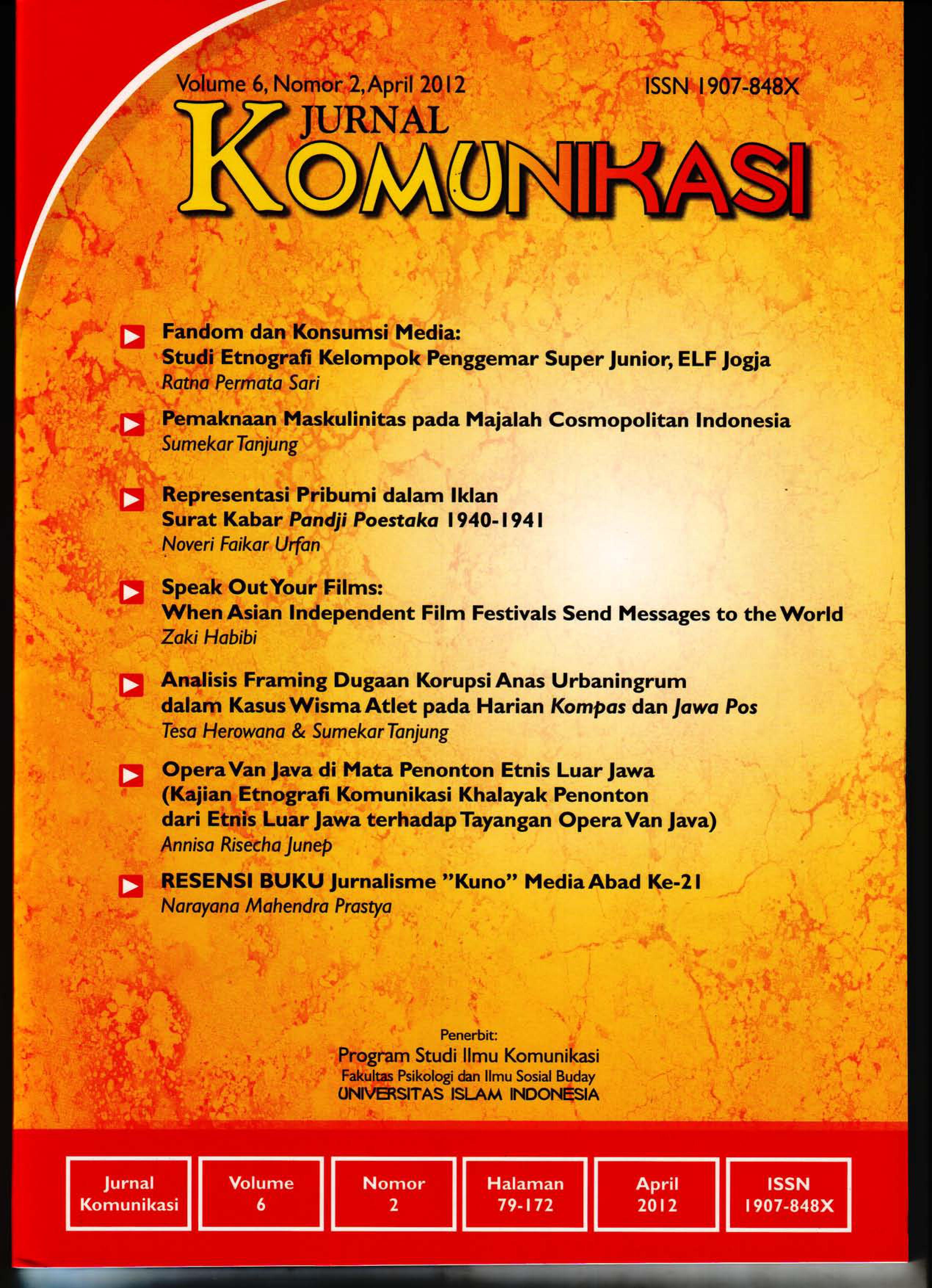Main Article Content
Abstract
Pandji Poestaka is a newspaper founded by the Netherland Indies colonial government, that is Commisie voor de Volkslectuur (Commission of the People Reading), or better known as Balai Poestaka. This study attempts to examine how the representation of natives in the colonial period in Pandji Poestaka ads 1940-1941. Using semiotics, this study shows that Pandji Poestaka ads has presented natives representation in the dichotomous class stratification. The native aristocracy (priyayi) and the underprivileged (wong cilik). Priyayi look represented the image of modernity: educated, wealthy, and civilized. Meanwhile, wong cilik has been overwritten by inferior image representation: traditional, blue-collar workers, and lazy. These representations, seen as part of the colonial strategy to maintain its position in the Netherland Indies. By representing social class among the natives, colonialism tried to keep the gap class. Colonialism also took advantage of the mass media (Pandji Poestaka) as an ideological state apparatus to continue, maintain power, and institutionalize the ideology of colonial rule.
Article Details
License
Authors who publish with this journal agree to the following terms:
- Authors retain copyright and grant the journal right of first publication with the work simultaneously licensed under a Creative Commons Attribution License that allows others to share the work with an acknowledgement of the work's authorship and initial publication in this journal.
- Authors are able to enter into separate, additional contractual arrangements for the non-exclusive distribution of the journal's published version of the work (e.g., post it to an institutional repository or publish it in a book), with an acknowledgement of its initial publication in this journal.
- Authors are permitted and encouraged to post their work online (e.g., in institutional repositories or on their website) prior to and during the submission process, as it can lead to productive exchanges, as well as earlier and greater citation of published work (See The Effect of Open Access).
How to Cite
Urfan, N. F. (2016). Representasi Pribumi dalam Iklan Surat Kabar Pandji Poestaka 1940-1941. Jurnal Komunikasi, 6(2), 105–120. Retrieved from https://journal.uii.ac.id/jurnal-komunikasi/article/view/6384
